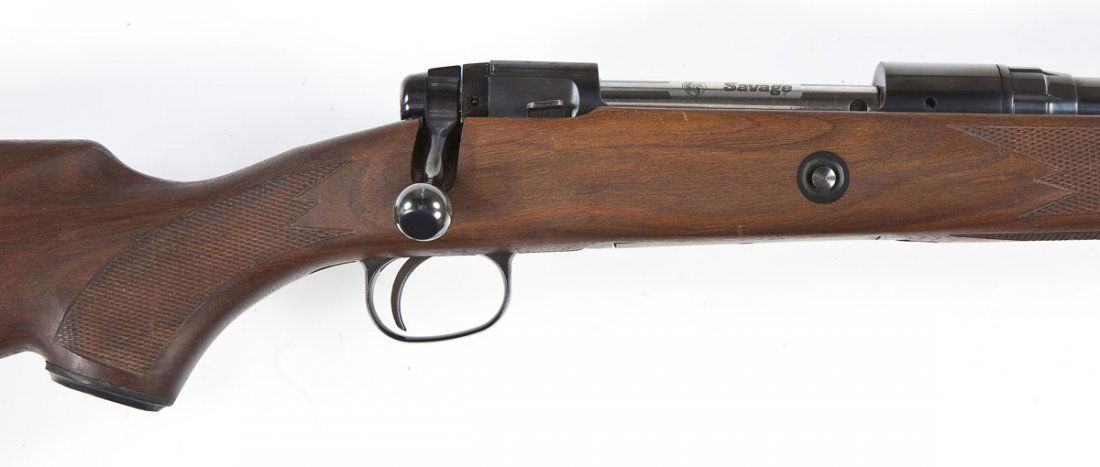

#Disassembly 340 savage update#
The head shed does not know anything about the battlefield, I have not served yet and I know a lot more about the battlefield and they’ll ever know,(that is scary IMO) they did need to update the M4, but they chose the wrong rifle, if they wanted a piston rifle they should’ve gone with the MCX Spear LT (here’s a link in case you have not heard of it The US Navy and Air Force don’t seem to care because their rifles do not require performance like the army and marines, except their special forces which seem to use whatever they want,Īs for the HK417 the army just adopted it last year as a designated marksman rifle so it’s not going anywhere either and the scope has been chosen for it already, which is the Sig Sauer tango6T,Īs for the army’s choice of the 6.8/277Fury, it was stupid, The United States Marines just updated their rifles in 2018 with the HK416 (which US Army should’ve done in the first place) so they won’t be updating their weapons for years to come, That's my 2 cents worth, but again, it's just a guess.You are partially right, the Sig Sauer MCX Spear/NGSW will only replace the M4 and in the United States Army only,

That SDM ammo was also very accurate out to 600 yards in Afghanistan in our M16A4 rifles with 20" barrels. This was at the US Army Small Arms Championships in 20. I've personally used that 77gr ammo in Army rifle matches out to 500 yards, in a standard issue M16A2, and it is very accurate. When I served in Afghanistan in 2006, the Army had established its Squad Designated Marksman (SDM) program and the ammunition that was selected was a 77gr BTHP match grade ammunition, reportedly the same (or similar) ammunition that the US Army Marksmanship Unit uses in competition at places like Camp Perry. The R&D that the military marksmanship teams put in every year is a major driving force in rifle and ammunition testing and selection. Maybe they settled on the 1:7 twist to be on the safe side for those heavier 77gr and 80gr bullets.Įvery military branch out there wants to win the coveted President's Hundred rifle match, as well as the other Service Rifle Matches at Camp Perry. But it's possible by that time, that Sierra was working on their 77gr and 80gr HPBT, which required a minimum of a 1:8 twist. Why the military decided on the 1:7 twist rate is beyond me. By that time Sierra had their 223/69gr BTHP on the market, but it required at least a 1:9 twist rate. I'm almost certain that these military teams were experimenting with faster twist rates for the M16 rifles to be able to beat the ballistic advantage of the 308/168gr bullets.

I'm pretty sure that the main rifle used in competition in the 1980's was the M14 and it's match grade variations, using the 168gr and 175gr HPBT bullets. The military marksmanship units are constantly trying to find the next ballistic advantage in competition, especially results that could translate to a battlefield advantage. Think Cold War with Russia, and basically an arms race to stay ahead of the Russian military.Īnother factor might have been our military's involvement in competitive shooting, especially at Camp Perry, Ohio. They switched over to the current 62gr FMJ with an "armor piercing" or "penetrator" tip. If I were to guess on the reasons for the changes, based on my experiences, observations, and conversations with soldiers and leaders in the Army from 1986 on, I think the changes in twist rate and bullets had something to do with the unsatisfactory performance of the 55gr FMJ in combat, to include external ballistics and terminal ballistics.


 0 kommentar(er)
0 kommentar(er)
